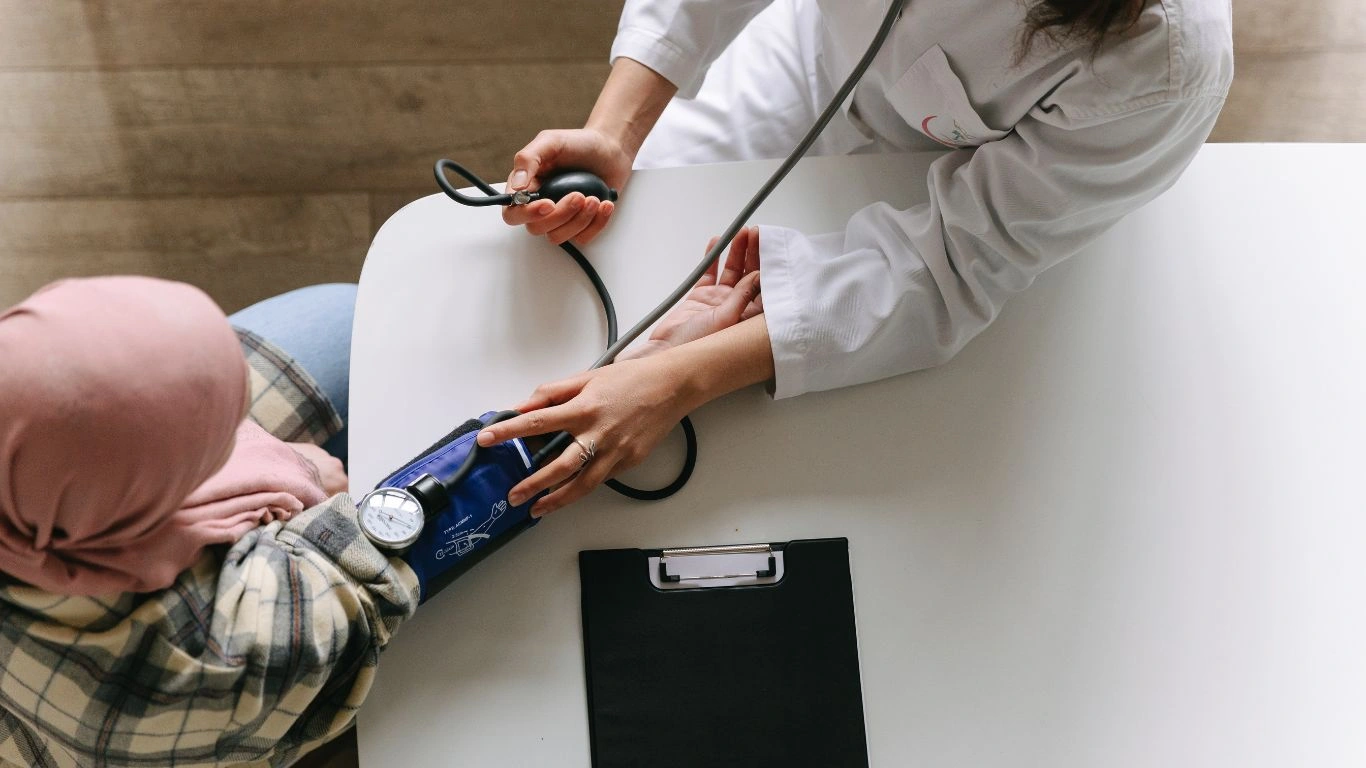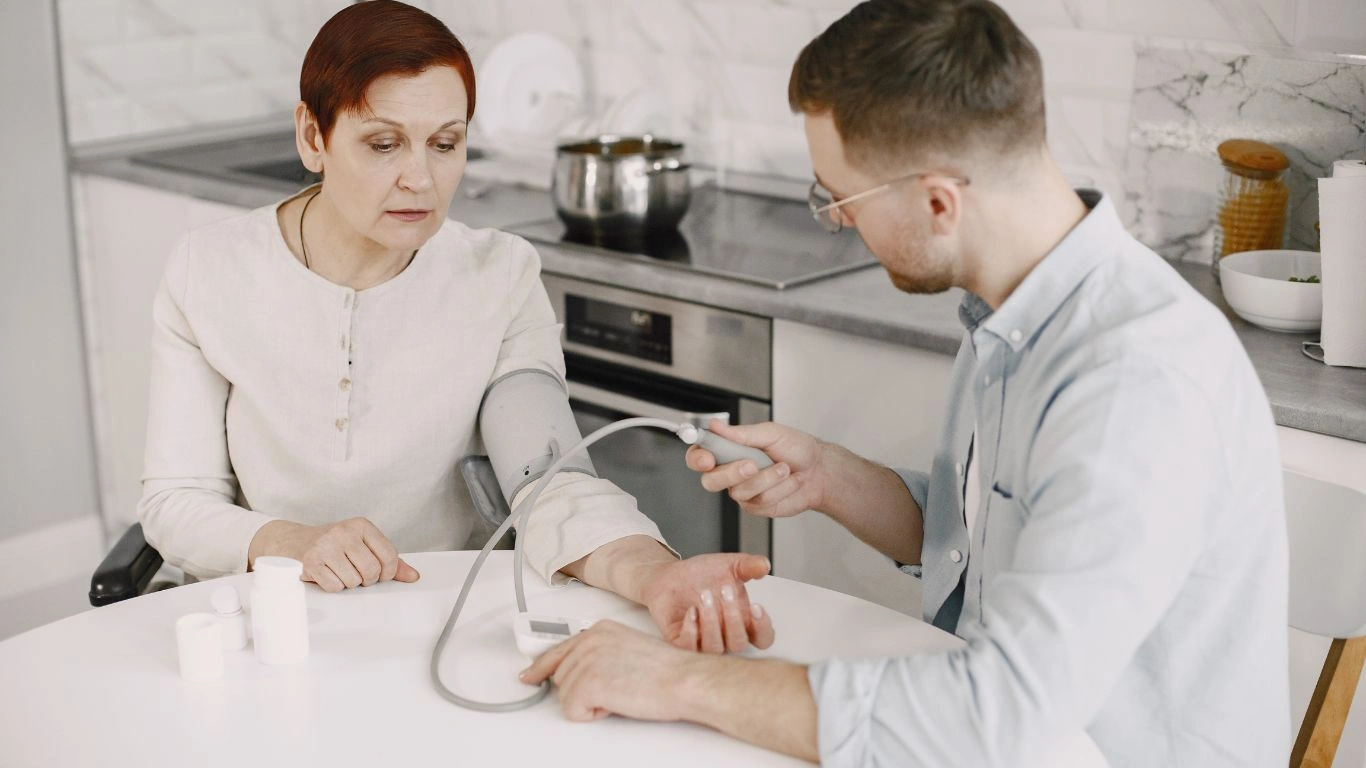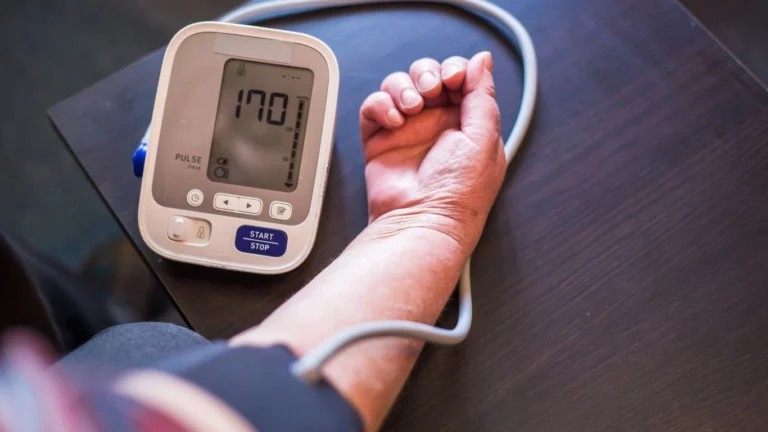How to Prevent Acid Reflux After Eating: Easy Tips for Relief
Have you ever finished a delicious meal only to be hit with that dreaded burning sensation creeping up your chest? Yeah, I’ve been there too. As someone who specializes in hypertension, I’ve also come across countless patients who struggle with acid reflux—especially after meals. And trust me, it’s not just about discomfort; chronic acid reflux can lead to serious complications. So, if you’re wondering how to prevent acid reflux after eating, you’re in the right place. Let’s dive into the nitty-gritty of what causes it and, more importantly, how to stop it before it ruins your post-meal bliss.
Understanding Acid Reflux: Why Does It Happen?
Before we get into prevention, let’s talk about what’s actually happening inside your body. Acid reflux, or gastroesophageal reflux (GER), occurs when stomach acid flows back into the esophagus. The culprit? A weakened lower esophageal sphincter (LES)—that little muscular gatekeeper that’s supposed to keep stomach contents where they belong.
Here’s the thing: your LES can relax at the wrong time or not close properly, allowing acid to escape upward. This results in that unpleasant burning sensation, aka heartburn. And while occasional reflux is normal, frequent episodes could mean gastroesophageal reflux disease (GERD), which requires medical attention.
Common Triggers That Make Acid Reflux Worse
If acid reflux has become your unwelcome dinner guest, it’s time to pinpoint what’s triggering it. Here are some common culprits:
- Overeating: Large meals put extra pressure on your stomach, making reflux more likely.
- Fatty or Fried Foods: These take longer to digest and relax the LES.
- Spicy Foods: They irritate the esophagus and can worsen reflux symptoms.
- Carbonated Drinks: Bubbles expand in your stomach, increasing pressure.
- Alcohol and Caffeine: Both relax the LES, making acid escape easier.
- Eating Right Before Bed: Lying down too soon after eating allows acid to travel up more easily.
How to Prevent Acid Reflux After Eating
Now that we know what causes it, let’s talk about how to stop it. Here’s what has worked for me and my patients over the years:
1. Eat Smaller, More Frequent Meals
One of the best ways to prevent acid reflux is to avoid overwhelming your stomach. Instead of three large meals, try breaking them into five smaller meals throughout the day. This keeps your digestive system from overworking and reduces pressure on your LES.
2. Watch Your Posture After Eating
Ever finished a meal and immediately slouched on the couch? Guilty! But here’s the problem—gravity helps keep stomach acid where it belongs. Sitting upright for at least 30–45 minutes after eating can prevent acid from creeping up. Even better? Take a short, leisurely walk to aid digestion.
3. Be Mindful of Your Food Choices
Not all foods are created equal when it comes to reflux. If you’re prone to heartburn, try these simple swaps:
- Choose grilled chicken over fried chicken.
- Opt for whole grains instead of white bread.
- Replace tomato-based sauces with olive oil-based ones.
- Go for herbal tea instead of coffee.
4. Avoid Drinking Too Much Liquid While Eating
This one surprises a lot of people. While staying hydrated is crucial, gulping down large amounts of liquid during meals can dilute stomach acid and cause bloating, making reflux more likely. Instead, sip water throughout the day and drink moderately with meals.
More Practical Tips for Acid Reflux Prevention

Here are a few extra strategies that have helped my patients (and me!) keep reflux at bay:
- Chew your food thoroughly: Digestion starts in the mouth, so slow down and chew well.
- Wear loose clothing: Tight waistbands can put extra pressure on your stomach.
- Consider elevating your head while sleeping: If you get nighttime reflux, raising your bed by a few inches can help.
- Keep stress levels in check: Stress can worsen acid production, so find relaxation techniques that work for you.
We’ve covered a lot, but there’s still more to explore. The good news? Acid reflux doesn’t have to be a permanent issue—you just need the right approach to keep it under control. Stay tuned for more expert-backed insights!
Foods That Help Prevent Acid Reflux

So, we’ve talked about what not to eat, but what about foods that actually help prevent acid reflux after eating? Luckily, there are plenty of options that can keep your stomach happy and your esophagus burn-free.
Here are some of my go-to reflux-friendly foods:
- Oatmeal: A high-fiber breakfast that keeps acid production in check.
- Bananas: Low in acid and rich in potassium, these help soothe the stomach.
- Ginger: One of the best natural anti-inflammatory foods for digestion.
- Leafy Greens: Spinach, kale, and broccoli are alkaline and gentle on the stomach.
- Melons: Cantaloupe and honeydew are hydrating and non-acidic.
- Lean Proteins: Chicken, turkey, and fish digest easier than fatty meats.
Whenever I work with patients struggling with reflux, I suggest swapping out acidic, processed foods with these choices. And honestly? Even I’ve noticed a huge difference in my digestion since making these changes.
Drinks That Soothe Acid Reflux

What you drink can be just as important as what you eat. Some beverages can trigger acid reflux (looking at you, coffee and soda), while others can help neutralize stomach acid.
Best Drinks for Acid Reflux:
- Water: It might seem basic, but staying hydrated helps balance stomach acid.
- Herbal Teas: Chamomile, licorice root, and ginger tea are great for digestion.
- Low-Fat Milk: While full-fat dairy can worsen reflux, low-fat options can be soothing.
- Aloe Vera Juice: Helps coat the esophagus and reduce inflammation.
Drinks to Avoid:
- Coffee: Caffeine relaxes the lower esophageal sphincter, allowing acid to escape.
- Alcohol: Especially wine and beer, which can irritate the esophagus.
- Soda: Carbonation and acidity? A double whammy for reflux sufferers.
- Citrus Juices: Orange juice and lemonade can be harsh on an already irritated stomach.
If you can’t give up coffee completely (trust me, I get it), try switching to a low-acid version or opting for decaf. Small changes can make a big difference.
Why Your Sleeping Position Matters

Ever wake up in the middle of the night with burning acid creeping up your throat? Yeah, it’s not fun. The way you sleep can either prevent or worsen reflux symptoms.
Best Sleeping Positions for Acid Reflux:
- Sleep on Your Left Side: This position keeps the stomach below the esophagus, reducing reflux episodes.
- Elevate Your Head: Using a wedge pillow or raising the head of your bed by 6-8 inches can keep acid where it belongs.
Worst Sleeping Positions:
- Sleeping on Your Right Side: Studies show this can relax the LES and worsen reflux.
- Sleeping Flat on Your Back: Gravity isn’t working in your favor here, so acid can flow freely into the esophagus.
One of my patients struggled with nighttime reflux for years until she made two simple changes: sleeping on her left side and elevating her pillow. The results? No more waking up feeling like a fire-breathing dragon.
When to See a Doctor About Acid Reflux
If you’re making all these changes but still experiencing reflux regularly, it might be time to check in with a doctor. Chronic acid reflux could be a sign of GERD, which can lead to more serious issues like esophageal damage.
Signs that it’s time to seek medical advice:
- Reflux occurs more than twice a week.
- Difficulty swallowing or a feeling of food getting stuck.
- Persistent cough, sore throat, or hoarseness.
- Unexplained weight loss or appetite changes.
- Severe chest pain that doesn’t go away (always rule out heart-related causes!).
Your doctor may recommend lifestyle changes, medications, or in severe cases, surgical options to strengthen the LES. But for many people, simple adjustments like diet, posture, and sleep position can keep reflux under control.
We’re not done yet—there’s even more to uncover about acid reflux and how to stop it before it starts. Stick around for the next part, where we’ll dive deeper into advanced prevention techniques and long-term solutions.
Natural Remedies to Prevent Acid Reflux

Sometimes, even with a good diet and lifestyle changes, reflux still sneaks up on you. Over the years, I’ve seen many patients (and experienced it myself) turn to natural remedies for relief. And guess what? Some of them work surprisingly well!
1. Apple Cider Vinegar (ACV)
It might seem counterintuitive to add more acid to an already acidic situation, but for some people, apple cider vinegar actually helps balance stomach acidity and prevent reflux. The trick? Dilute a teaspoon of ACV in a glass of water and sip it before meals.
2. Chewing Gum
Chewing gum increases saliva production, which helps neutralize stomach acid and wash it down. Just make sure it’s sugar-free to protect your teeth!
3. Slippery Elm
This herbal remedy has been used for centuries to coat the esophagus and reduce irritation. You can find slippery elm in lozenge, tea, or powder form.
4. Baking Soda
Mixing half a teaspoon of baking soda in water can neutralize stomach acid quickly. But be careful—not a long-term solution, just for occasional relief!
5. Aloe Vera Juice
Aloe vera isn’t just great for sunburns—it also helps soothe an inflamed esophagus and reduce acid production. Just be sure to get an aloe vera juice that’s meant for digestion.
Long-Term Strategies for Acid Reflux Prevention

If acid reflux keeps coming back no matter what you do, it’s time to think long-term. Here are some lasting strategies I recommend:
1. Maintain a Healthy Weight
Excess weight—especially around the abdomen—puts extra pressure on the stomach, making reflux worse. Losing even a few pounds can make a noticeable difference.
2. Manage Stress
Stress doesn’t just mess with your mind—it also impacts digestion. I always tell my patients to find relaxation techniques that work for them, whether it’s yoga, meditation, deep breathing, or just taking a walk outside.
3. Keep a Food Journal
Identifying personal triggers is key. Keep track of what you eat and when symptoms flare up. Over time, you’ll start seeing patterns, making it easier to avoid problem foods.
4. Strengthen Your Digestive System
Incorporating probiotics (found in yogurt, kefir, and fermented foods) can help balance gut bacteria, leading to better digestion and fewer reflux episodes.
5. Consider Medical Help If Needed
For those who have tried everything but still experience reflux, medications like antacids, H2 blockers, or proton pump inhibitors (PPIs) may be necessary. Always consult a healthcare professional before starting any medication.
Final Thoughts: Taking Control of Acid Reflux
Preventing acid reflux after eating isn’t about one magical fix—it’s a combination of diet, lifestyle, and awareness. I’ve seen firsthand how small adjustments can make a big difference. Whether it’s eating smaller meals, avoiding trigger foods, or simply sitting upright after eating, these strategies can help keep acid where it belongs.
Remember, if reflux becomes a frequent issue despite lifestyle changes, it’s important to consult with a healthcare professional to rule out underlying conditions.
References
- Mayo Clinic – Comprehensive information on GERD and acid reflux.
- WebMD – Research-backed insights on reflux triggers and treatments.
- National Institutes of Health (NIH) – Scientific studies on digestive health.
Disclaimer
This article is for informational purposes only and should not be considered medical advice. If you experience persistent acid reflux symptoms, consult a healthcare professional for proper diagnosis and treatment.

Dr. Gwenna Aazee is a board-certified Internal Medicine Physician with a special focus on hypertension management, chronic disease prevention, and patient education. With years of experience in both clinical practice and medical writing, she’s passionate about turning evidence-based medicine into accessible, actionable advice. Through her work at Healthusias.com, Dr. Aazee empowers readers to take charge of their health with confidence and clarity. Off the clock, she enjoys deep dives into nutrition research, long walks with her rescue pup, and simplifying medical jargon one article at a time.





